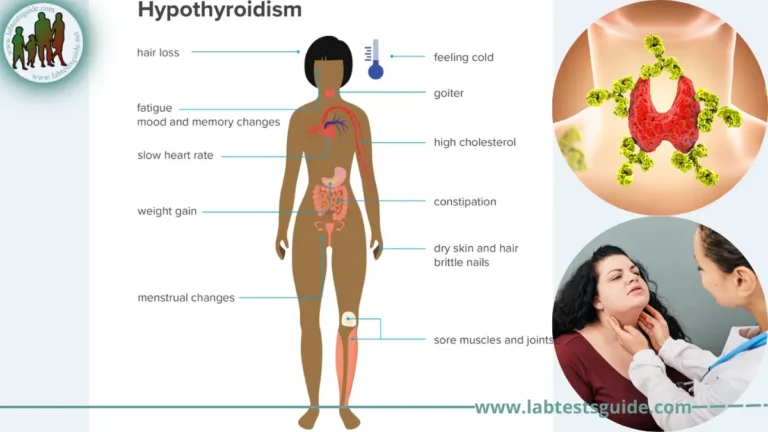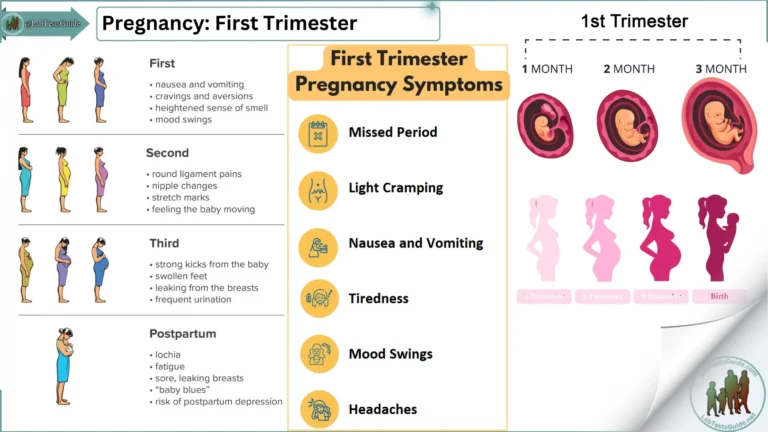Chlamydia is a common sexually transmitted disease. It is caused by bacteria called Chlamydia trachomatis. It can infect both men and women. Women can get chlamydia in the cervix, rectum, or throat. Men can get chlamydia in the urethra (inside the penis), rectum, or throat.

Symptoms
Early-stage Chlamydia trachomatis infections often cause few or no signs and symptoms. When signs or symptoms occur, they usually start one to two weeks after exposure to chlamydia. Even when signs and symptoms occur, they’re often mild and passing, making them easy to overlook.
Signs and symptoms of chlamydia trachomatis infection may include:
- Painful urination
- Lower abdominal pain
- Vaginal discharge in women
- Discharge from the penis in men
- Painful sexual intercourse in women
- Bleeding between periods and after sex in women
- Testicular pain in men
It’s also possible to acquire chlamydial eye infections (conjunctivitis) through contact with infected secretions.
Causes
Chlamydia trachomatis is caused by Chlamydia trachomatis bacterium and is most commonly spread through vaginal, oral and anal sex. It’s also possible for a mother to spread chlamydia to her child during delivery, causing pneumonia or a serious eye infection in her newborn.
Risk factors
Factors that increase your risk of chlamydia trachomatis include:
- Being sexually active before age 25
- Multiple sex partners within the past year
- Not using a condom consistently
- History of prior sexually transmitted infection
Complications
Chlamydia trachomatis can be associated with:
- Other sexually transmitted infections. People who have chlamydia trachomatis are at higher risk of also having other STIs — including gonorrhea and HIV, the virus that causes AIDS.
- Pelvic inflammatory disease (PID). PID is an infection of the uterus and fallopian tubes that causes pelvic pain and fever. Severe infections may require hospitalization for intravenous antibiotics. PID can damage the fallopian tubes, ovaries and uterus, including the cervix.
- Infection near the testicles (epididymitis). A chlamydia infection can inflame the coiled tube located beside each testicle (epididymis). The infection may result in fever, scrotal pain and swelling.
- Prostate gland infection. The chlamydia organism can spread to a man’s prostate gland. Prostatitis may result in pain during or after sex, fever and chills, painful urination, and lower back pain.
- Infections in newborns. The chlamydia infection can pass from the vaginal canal to your child during delivery, causing pneumonia or a serious eye infection.
- Infertility. Chlamydia infections — even those that produce no signs or symptoms — can cause scarring and obstruction in the fallopian tubes, which may make women infertile.
- Reactive arthritis. People who have chlamydia trachomatis are at higher risk of developing reactive arthritis, also known as Reiter’s syndrome. This condition typically affects the joints, eyes and urethra — the tube that carries urine from your bladder to outside of your body.
Prevention
The surest way to prevent a chlamydia trachomatis infection is to abstain from sexual activities. Short of that, you can:
- Use condoms. Use a male latex condom or a female polyurethane condom during each sexual contact. Condoms used properly during every sexual encounter reduce but don’t eliminate the risk of infection.
- Limit your number of sex partners. Having multiple sex partners puts you at a high risk of contracting chlamydia and other sexually transmitted infections.
- Get regular screenings. If you’re sexually active, particularly if you have multiple partners, talk with your doctor about how often you should be screened for chlamydia and other sexually transmitted infections.
- Avoid douching. Douching isn’t recommended because it decreases the number of good bacteria present in the vagina, which may increase the risk of infection.
Who should be tested for chlamydia?
You should go to your health provider for a test if you have symptoms of chlamydia, or if you have a partner who has a sexually transmitted disease. Pregnant women should get a test when they go to their first prenatal visit.
People at higher risk should get checked for chlamydia every year:
- Sexually active women 25 and younger
- Older women who have new or multiple sex partners, or a sex partner who has a sexually transmitted disease
- Men who have sex with men (MSM)
Diagnosis:
There are a few different tests your doctor can use to diagnose chlamydia. He or she will probably use a swab to take a sample from the urethra in men or from the cervix in women and then send the specimen to a laboratory to be analyzed. There are also other tests which check a urine sample for the presence of the bacteria.
Treatment:
If you have chlamydia, your doctor will prescribe oral antibiotics, usually azithromycin (Zithromax) or doxycycline. Your doctor will also recommend your partner(s) be treated to prevent reinfection and further spread of the disease.
With treatment, the infection should clear up in about a week or two. It is important to finish all of your antibiotics even if you feel better.
Women with severe chlamydia infection may require hospitalization, intravenous antibiotics (medicine given through a vein), and pain medicine.
After taking antibiotics, people should be re-tested after three months to be sure the infection is cured. This is particularly important if you are unsure that your partner(s) obtained treatment. But testing should still take place even if your partner has been treated. Do not have sex until you are sure both you and your partner no longer have the disease.
Possible References Used






